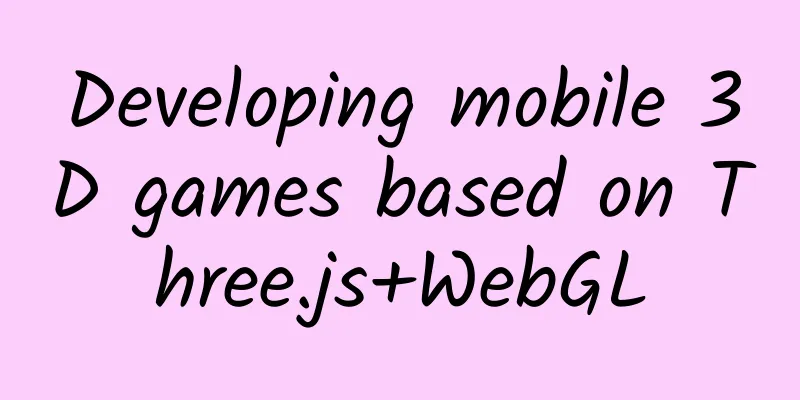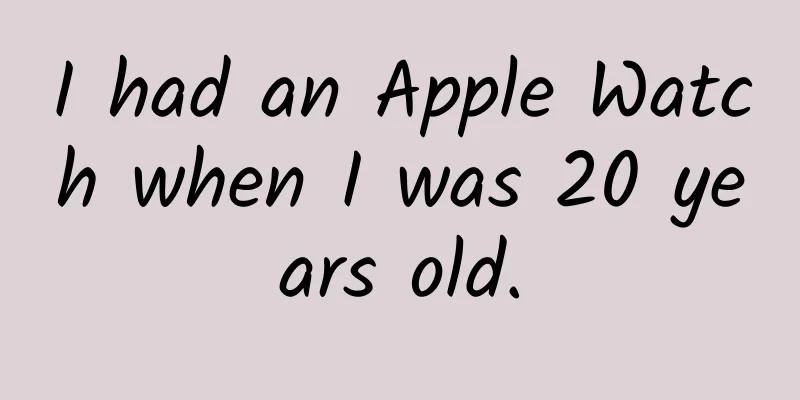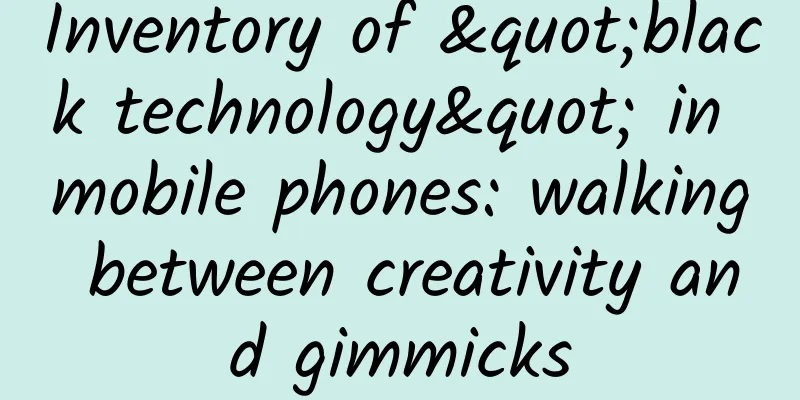Developing mobile 3D games based on Three.js+WebGL

one, introduction In this article, we will use WebGL technology to develop a mobile game that can run on mobile devices at a frame rate of 60FPS. The style of this game is similar to Flappy Bird and Temple Run. It is called Winter Rush. This article focuses on the three.js technology related to WebGL used in the game development process. The image below shows a snapshot at the beginning of the game. During the game, the player can use the left and right arrow keys (or tap left and right on the screen) to move left and right. two, Why 60 FPS is important The higher the frame rate, the smoother the game content will be rendered. For a game product, the smoothness of motion effects and the timely response of controls are particularly important. Computer screens usually refresh at a frequency of 60hz, so this is our biggest constraint. Please note that 60 frames per second is just an ideal target, but in fact any frame rate above 30 FPS will look good. Paul Lewis has conducted in-depth research on this aspect. To this end, he has set up a special website to discuss relevant technologies. The website address is http://jankfree.org/. I am very proud to tell you that the sample project provided in this article can work at a frame rate of 60FPS on iPad 4th Gent and Nexus 4 mobile phone. To achieve my desired FPS target, I adopted the following approach. three, Simplify the 3D scene Geometry: Simplify the geometry in your scene by reducing the number of meshes and the number of vertices per mesh. Remember: low poly is always cool! In this game, only two cylinders are actually used to implement the tree effect: one for the leaves and one for the trunk. In the game, when moving on the track, only 10 trees are actually placed on the track. Materials: A large part of the 3D engine's computational cost is spent on calculating the lighting effects of each geometric surface in the scene. The fewer lights there are in the scene, the lower the computational cost. The material computation costs in the Three.js engine are divided into the following order from low to high: (1) Basic material: This is the most basic material. It does not require lighting calculations. You can do a lot of things using Basic materials and image textures. (2) Lambert material: This material can create a less glossy appearance. (3) Phong material: This material can achieve a very glossy appearance. In my tests, the Phong material proved to be much more expensive than the Lambert material. For example, in the example provided in this article, if you switch from the Lambert material to the Phong material, the FPS value on the iOS platform will drop from 60 to 15. Four, Object Reuse This is probably the most important rule to follow for a high performance web experience. After the objects are created during the initialization phase, try not to create new objects during the game. This will avoid memory "thrashing" - which can cause the browser to "choke". Website http://www.html5rocks.com/en/tutorials/speed/static-mem-pools/ five, Mobile track The snow floor of the track in the game is a flat mesh. We use the Perlin noise algorithm to generate the terrain height (i.e. the Y-coordinate of the vertex). This approach allows for random but smoothly changing potholes. To achieve the appearance of a natural moving track, we used the following techniques: (1) In each frame, we move the entire floor a small distance towards the camera, and the movement speed is based on the player's operation speed. (2) In the program, we check if the floor has moved behind the camera by more than a predefined STRIP_WIDTH amount. If so, we reset the floor position STRIP_WIDTH backwards along the track. We then recalculate the terrain height - this is done by increasing the Perlin noise position by the STRIP_WIDTH value. In-game, this looks like the screenshot below. six, Simplifying collision detection In Three.js, you can do very accurate collision detection for each face by using Raycasters. Lee Stemkoski provides a great example of this approach (http://stemkoski.github.io/Three.js/Collision-Detection.html). However, this approach can be expensive, requiring calculations for every pair of objects that could potentially collide. In many cases, you can simplify collision detection by assuming that each object is a sphere, and simply measuring the distance between them. Note that you may need to manually adjust the collision distance and collision box position to achieve a more playable feel. However, there is also an issue where the player may hit an object that is off camera when strafing. The solution to this is to move the player shot box a little further away from the camera. seven, Implementing shadow effects In Three.js programming, the EffectComposer class allows you to execute multiple post-processing shaders in sequence. This approach requires the use of multiple off-screen buffers to pass the results of the previous shader to the next one. On mobile devices, this approach gives suboptimal performance. The solution is to combine the multiple shaders we write into a super shader. Of course, achieving this is just a matter of copying and pasting each shader code, but you also have to consider the proper order. For our Winter Rust game, we combined the Vignette, Brightness/Contrast and Hue/Saturation shaders into one large shader. In addition, it should be noted that some effects are too GPU-intensive for mobile devices, most notably blur-related techniques. eight, Time Control For the animation loop, we should use the requestAnimationFrame method and apply a time offset to the animation. This makes the animation speed independent of the game frame rate. The travel distance should depend on the actual time that has passed instead of the number of frames. This technique will not increase the FPS of your game, but it will increase the speed perception of your players if the FPS is too low. Please refer to the relevant code below:
Nine, Run on target device Once you have identified your target devices, you will want to continually test on those devices and keep an eye on the FPS values. The iOS simulator in OS X is an excellent tool for debugging iOS issues while developing on the desktop; however, be aware that the simulator does not reflect the performance of an actual device. Adobe's Edge Inspect (https://creative.adobe.com/products/inspect) is another excellent tool that enables you to easily connect multiple mobile devices to a local web page. It will automatically reload the page when it changes, and also gives you access to Android console errors. ten, JS library for mobile development This section lists several famous js libraries used when developing my game, they are:
eleven, Which devices can run WebGL? The number of devices supporting WebGL is growing rapidly. In addition to running on all major desktop browsers, WebGL content now runs on iOS and Android devices without major issues. However, not all WebGL-capable devices are created equal. WebGL is a demanding technology, so running on relatively older devices is recommended to focus on running the most basic content. For example, the iPad 2 was launched in 2011 and it can run WebGL, but its capabilities are very limited. WebGL generally runs well on mobile devices manufactured in the last two years. My main mobile testing devices are a 4th generation iPad (manufactured in 2013) and a Nexus 4 (manufactured in 2012), which provide a relatively good reference baseline. twelve, Areas for improvement It is recommended that interested friends try to add the following items to the project while studying the example project provided in this article:
Thirteen, summary This article briefly describes the key points of using Three.js to develop a 3D game for mobile devices. ***, I sincerely hope that readers can develop WegGL game products with good performance on mobile devices. Note: The download address of the example game Winter Rush in this article is https://github.com/felixturner/winter-rush. [Exclusively translated by 51CTO.com. Please indicate the source when reprinting on partner sites] |
Recommend
Full process analysis of improving APP push conversion rate
An APP without message push function cannot be ca...
IOS witchcraft: the unkillable background & monitoring process
Implementation without jailbreak: Startup: After ...
Xiaohongshu's content marketing logic
When we write articles and post short videos, we ...
Many places use paper health certificates instead of health codes. How to issue a paper health certificate?
Many places use paper health certificates instead...
How to create an operational plan for a product from scratch. The focus is on ideas, not writing plans
To put it simply, if you are given a product, how...
The most complete and powerful analysis: Internal analysis of the Alipay wallet system architecture (architecture diagram)
Overview of Alipay System Architecture Typical pr...
Comprehensive interpretation of the growth path of community group buying in 2021
Community group buying is in full swing. This art...
Mid-Autumn Festival mooncake money-making project, how profitable is selling mooncakes?
The Mid-Autumn Festival coincides with the Nation...
What is a group site? Why is the effect of enterprise group station so good?
In the past two years, I have devoted my time and...
Yushu SEO Training: How to do SEO image processing? Does it have a big impact on website rankings?
When searching for relevant images on search engi...
How to operate Douyin on behalf of others? Tik Tok operation plan
The three major rules of Douyin Enterprise Accoun...
How much does it cost to join the Chongqing Housekeeping Mini Program? Chongqing Housekeeping Mini Program Franchise Price Inquiry
How much does it cost to join a housekeeping mini...
Zhijiang SEO Training: How to quickly get your domain name included?
As an SEO optimizer, you may have encountered the...
4 copywriting skills to turn users’ NO into YES!
The user's decision-making process is never a...
Huang Zhizhong personally taught: "35 Days of Super Persuasion" (Issue 12)
Do you have the following problems on Zhiyang? 01...









